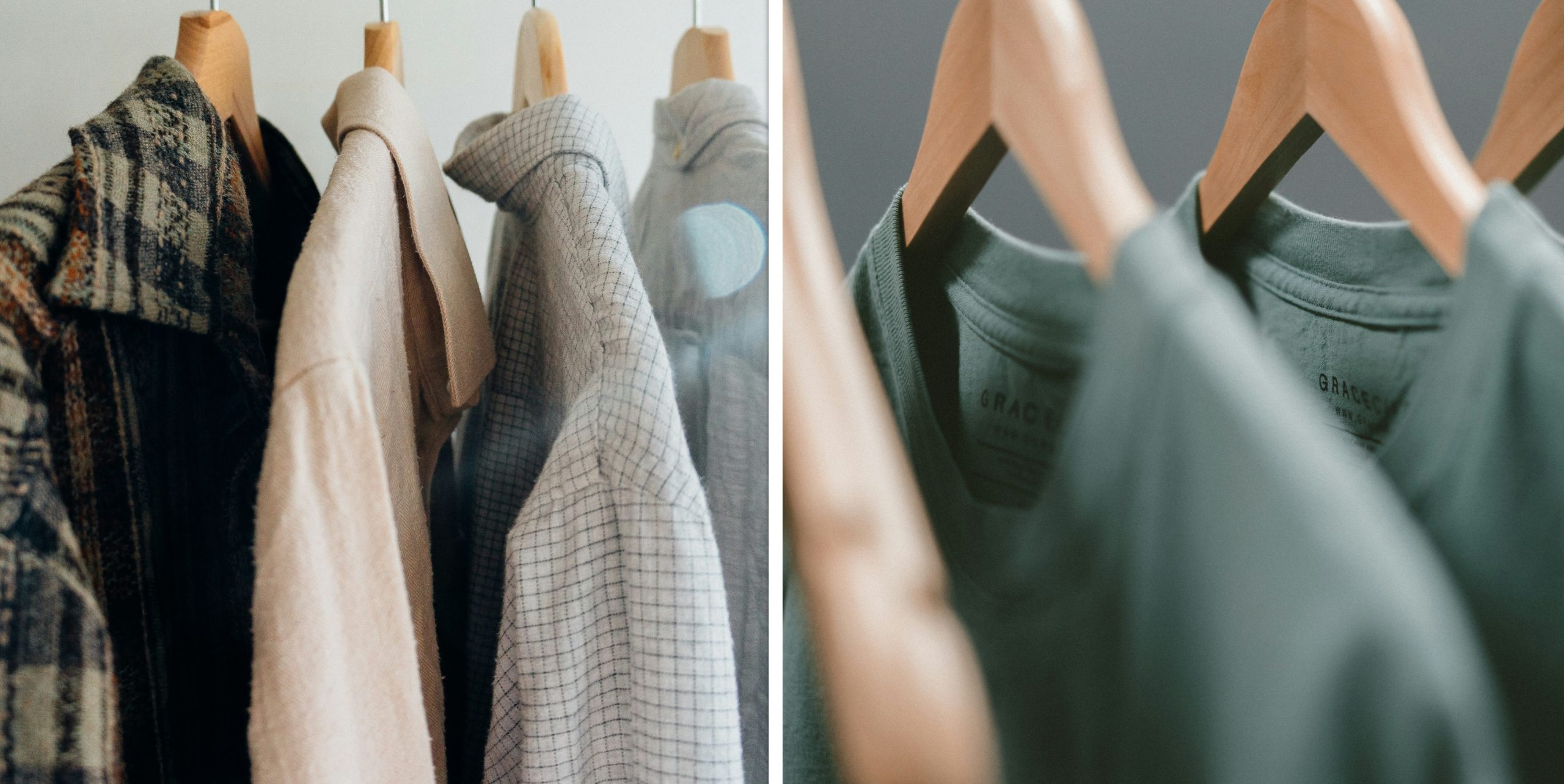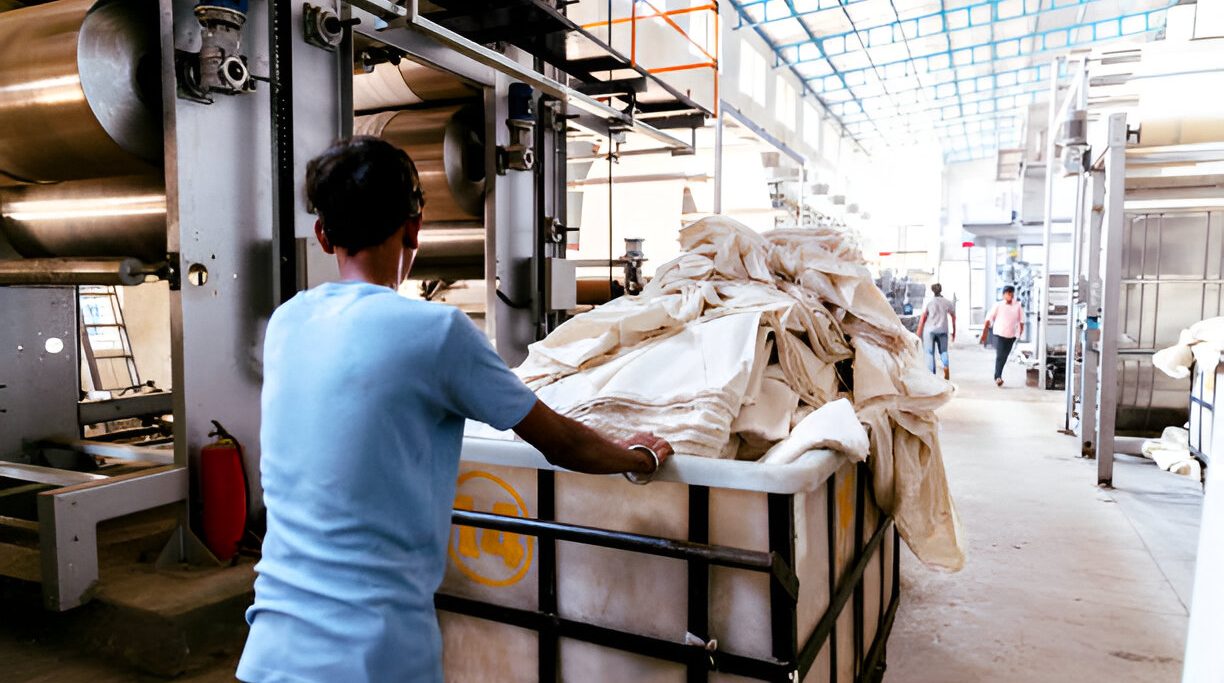When it comes to choosing the right fabric for your clothing, upholstery, or crafting project, understanding the key differences between knitted and woven fabrics can make all the difference. Both types of fabrics have unique characteristics that make them suitable for specific uses. In this blog, we’ll delve into what sets knitted fabrics apart from woven fabrics and help you decide which is best for your needs.
What is Knitted Fabric?
Structure and Production
Knitted fabric is created by inter-looping yarns, which forms a flexible and stretchable material. This inter-looping process can be done using either hand knitting needles or knitting machines. The two primary types of knitting are weft knitting (most common, e.g., jersey fabric) and warp knitting (e.g., tricot).
Characteristics
– Stretch and Flexibility: Knitted fabrics are known for their stretchiness, making them ideal for garments that require a snug fit, such as t-shirts, sweaters, and activewear.
– Comfort: The loops in knitted fabrics create a soft and breathable material, enhancing comfort.
– Versatility: Available in various textures and weights, suitable for a wide range of clothing and accessories.
Common Uses
Knitted fabrics are used to make garments that are most suitable to be made from stretchable materials. This includes T-shirts, sweaters, leggings, socks, and underwear.
– Home Textiles: Blankets and cushion covers.
– Accessories: Hats, scarves, and gloves.
What is Woven Fabric?
Structure and Production
Woven fabric is produced by interlacing two sets of yarns at right angles to each other: the warp (vertical) and the weft (horizontal). This method creates a more rigid and structured material compared to knitted fabrics. Looms are typically used for weaving, whether hand-operated or industrial.
Characteristics
– Durability: Woven fabrics are generally stronger and more durable, making them suitable for items that need to withstand wear and tear.
– Stability: These fabrics have less stretch, providing a stable and firm structure.
– Variety: Woven fabrics come in various patterns and textures, such as plain weave, twill, and satin.
Common Uses
– Apparel: Jeans, dresses, suits, and shirts.
– Home Textiles: Curtains, upholstery, tablecloths, and bed linens.
– Industrial Uses: Canvas, denim, and certain technical textiles.
The technologies behind knitted and woven fabrics.
Knitted vs Woven Fabrics: Key Differences
1. Construction Method
– Knitted: Made by inter-looping yarns.
– Woven: Made by interlacing yarns at right angles.
2. Stretch and Flexibility
– Knitted: Highly stretchable and flexible.
– Woven: Limited stretch, more rigid.
3. Comfort
– Knitted: Generally softer and more comfortable.
– Woven: Can be comfortable but often more structured.
4. Durability
– Knitted: Less durable, prone to pilling and snagging.
– Woven: More durable, holds shape better.
5. Applications
– Knitted: Best for clothing that requires stretch and comfort.
– Woven: Ideal for structured garments and home textiles.
Choosing the Right Fabric for Your Project
When deciding between knitted and woven fabrics, consider the following:
– Purpose of the Item If you need stretch and comfort, go for knitted fabrics. For durability and structure, choose woven fabrics.
– Design and Style Woven fabrics are great for tailored, structured designs, while knitted fabrics suit casual, form-fitting styles.
– Care Requirements Knitted fabrics may require gentle washing and handling, whereas woven fabrics are generally easier to care for.
Conclusion
Both knitted and woven fabrics offer unique advantages and are essential in different contexts. Understanding their characteristics will help you make informed decisions for your sewing, crafting, or purchasing needs. Whether you prioritize comfort and flexibility or strength and structure, knowing the differences between these fabrics will guide you in selecting the perfect material for your project.



